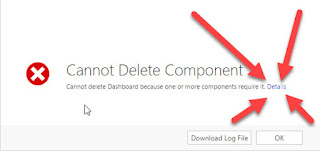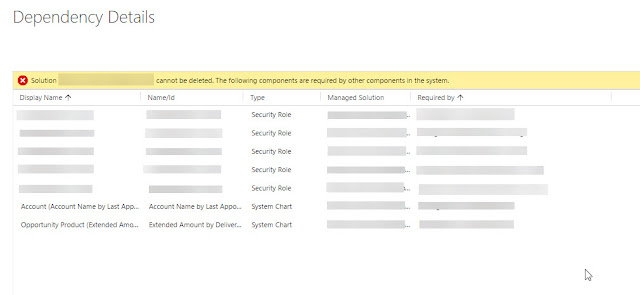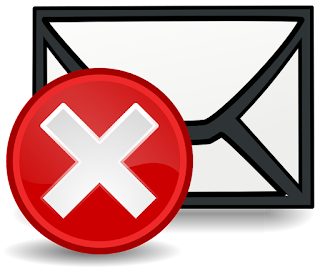Well, one of the cool new features of the 8.2 release is the revamp of the Business Process Flows (BPF) which now have gotten a couple of different facelifts, of which some are:
- A new editor which looks identical to the Business rules editor. However, the Workflow editor is still very old-style... I wonder if this might be next. :)
- BPF:s final stage can now be closed/or you actually close the entire BPF. This was not the case previously where the last stage simply sat there.
- If you have multiple BPF:s and you switch between them, D365 will remember where you are in each of the BPF:s. This was not the case in earlier versions when it always restarted when you changed.
In order to handle the last point, the underlying architecture of the BPFs have been changed. Previously when you had an entity that was BPF enabled by a lookup called "Process stage" and when this changed you knew that the record had changed stage in the workflow.
Alas, in comes 8.2 on its white horse, and "Process stage" lookup falls dead to the ground like knight before a modern day tank. In other words, it simply isn't triggered.
The new BPF architecture is based on the principle that a new shadow entity is created for each BPF that you create. And yes, they are removed when you remove your BPF.
So, when is this typically a problem? The most common uses for triggering on stage changes in BPF is using a Workflow to trigger on changes in an Opportunity to set the probability. This is then later used in calculated fields like Weighted Estimated Revenue (not a standard field) and similar fields.
The effect upgrading to 8.2, which is just a minor upgrade from an upgrade perspective, is hence that these customizations that you might have done to set the probability, stop working and the opportunities get the wrong, 0 or no probability making any calculation based on this number incorrect.
So, how are you supposed to fix this? There is a new WF triggering mechanism built in to the BPF designer. You simply create a workflow that can be manually triggered, and drag a workflow compontent into the appropriate step in the BPF designer.
Do note that you can choose if you want it to trigger when the stage is started or completed.
And this is how the workflows needs to look
The new BPF architecture is based on the principle that a new shadow entity is created for each BPF that you create. And yes, they are removed when you remove your BPF.
So, when is this typically a problem? The most common uses for triggering on stage changes in BPF is using a Workflow to trigger on changes in an Opportunity to set the probability. This is then later used in calculated fields like Weighted Estimated Revenue (not a standard field) and similar fields.
The effect upgrading to 8.2, which is just a minor upgrade from an upgrade perspective, is hence that these customizations that you might have done to set the probability, stop working and the opportunities get the wrong, 0 or no probability making any calculation based on this number incorrect.
So, how are you supposed to fix this? There is a new WF triggering mechanism built in to the BPF designer. You simply create a workflow that can be manually triggered, and drag a workflow compontent into the appropriate step in the BPF designer.
Do note that you can choose if you want it to trigger when the stage is started or completed.
| BPF Editor with a workflow added with the Stage Entry trigger selected as highlighted |
And this is how the workflows needs to look
| This is the workflow that was selected in the BPF Editor above. Note the highlighted checkbox. This needs to be checked in order for the workflow to show up in the BPF editor lookup |
A final comment. Even though the BPFs can now be completed, that does not mean that the final stage's Stage Exit is triggered. As far as I have understood it, it is still in this phase even though the BPF in it self is considered closed. I would call semantics on that. I hope Microsoft fixes that bug or enhances that lack of feature if they rather call it that.
Was this original workflow supported? Was it ignorant of your partner, you might ask, to create a workflow that triggered as described in the old manner and this has now stopped working and you
are faced with additional costs for fixing this? Shouln't they have known? Well, frankly no, your partner, if they followed what I described above, did make what are called "supported customizations" which according to the documentation from Microsoft is supposed to be upgradable. At least one major version, often 2 or 3 major versions This time it was not even a minor, from 8.1 to 8.2. Hence it is a regrettable situation but if you want to complain somewhere, I do suggest you complain to Microsoft.
Gustaf Westerlund
MVP, Founder and Principal Consultant at CRM-konsulterna AB
www.crmkonsulterna.se




